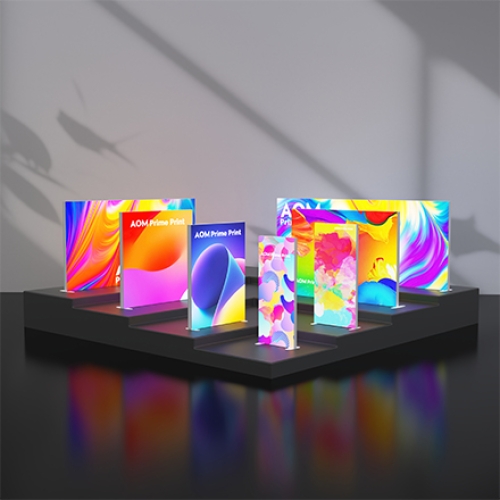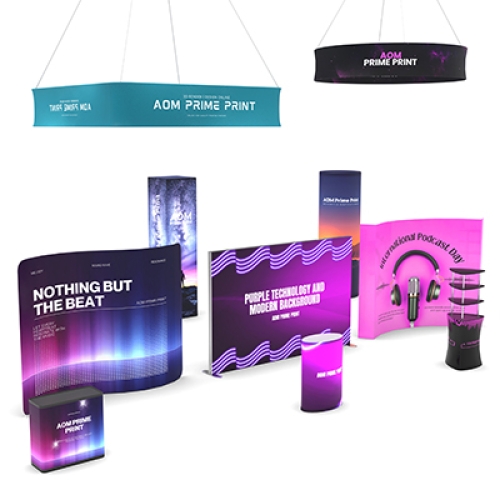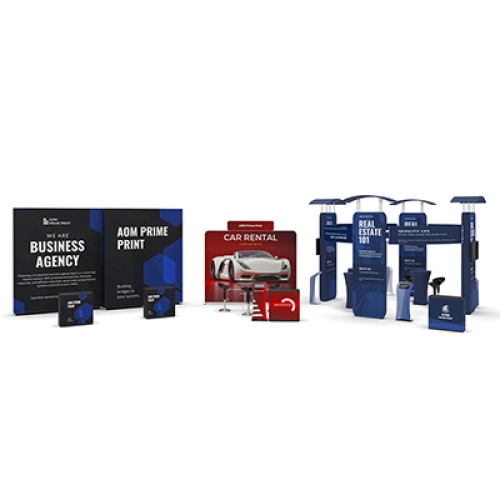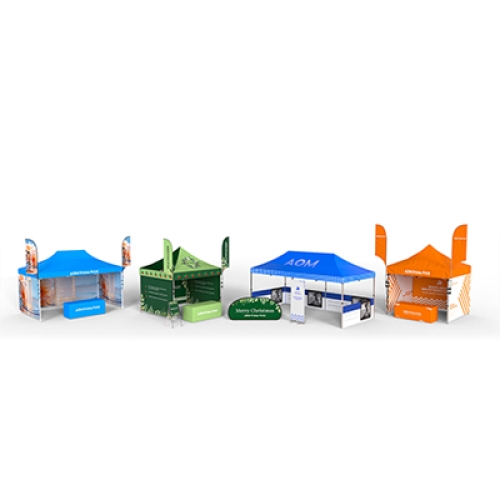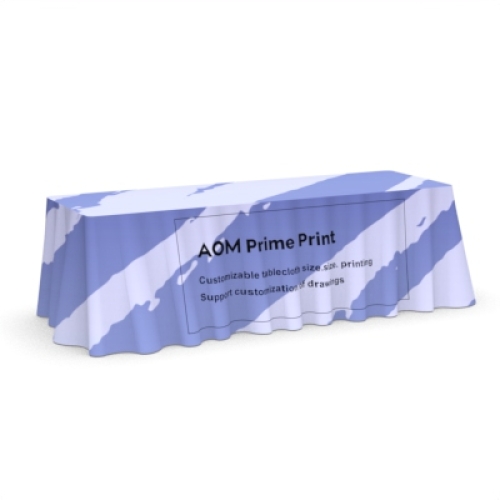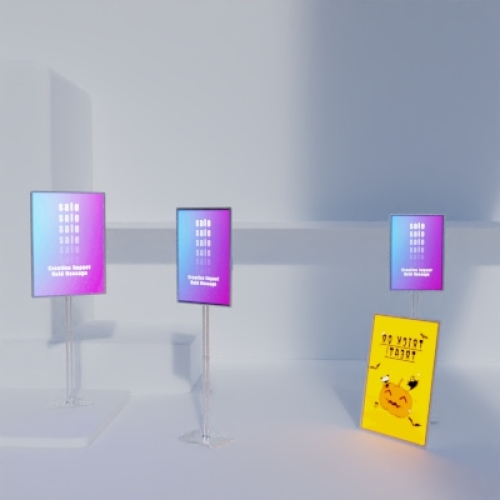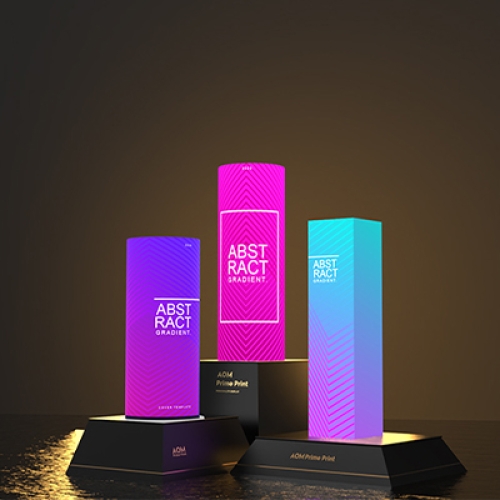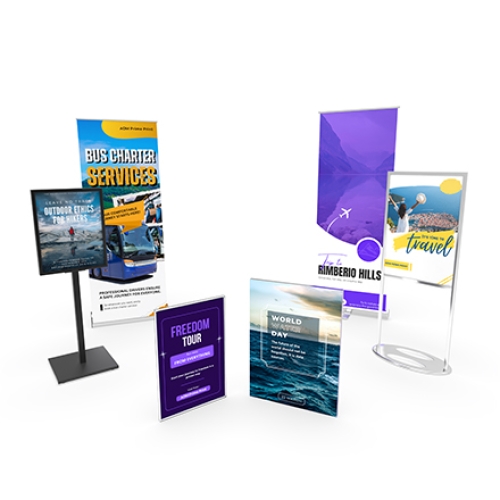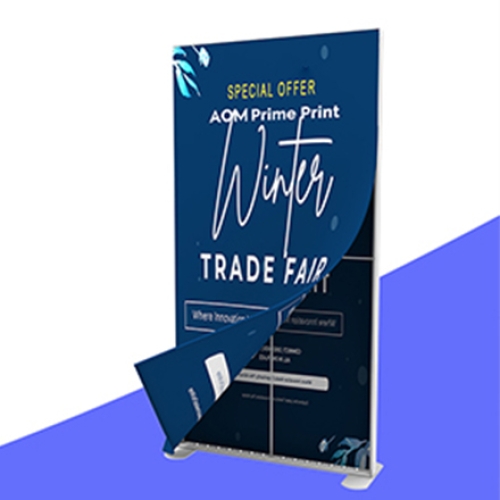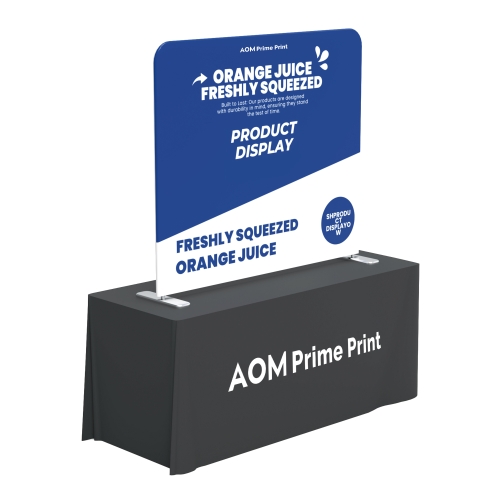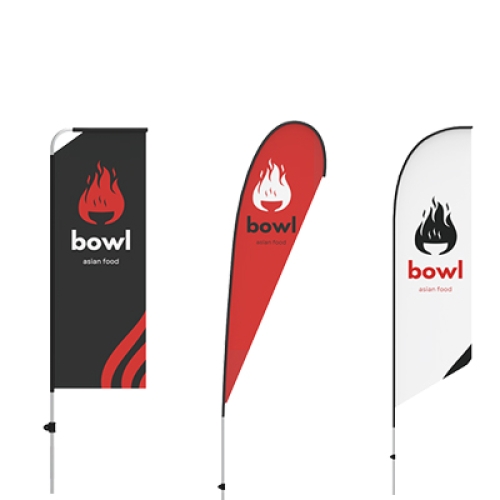Pop-Up Events in 2025: The Ultimate Guide to Creating Unforgettable Brand Experiences
January 19th 2025
In 2025, pop-up events continue to be one of the most powerful and innovative marketing strategies for brands. These temporary, surprise gatherings offer a dynamic way to connect with consumers, create buzz, and leave a lasting impression. Whether you’re launching a new product, experimenting with a new market, or simply seeking to enhance customer engagement, pop-up events provide a platform for brands to showcase their creativity and engage audiences like never before.
What Is a Pop-Up Event?
Pop-up events are temporary, immersive experiences that appear in unexpected locations, often creating a sense of surprise and excitement. These events, which can last anywhere from a few hours to a few days, typically offer attendees an opportunity to engage directly with a brand, test products, or experience something unique.
Just like flash mobs of the past, pop-up events disrupt the usual flow of daily life by springing up in unexpected places—transforming mundane spaces into exciting hubs of activity. It’s the unpredictability and fleeting nature of these events that make them so memorable.
Why Are Pop-Up Events So Popular?
Pop-up events are experiencing a surge in popularity due to their versatility and the unique experiences they offer. Brands are no longer bound by the traditional constraints of brick-and-mortar stores or online platforms. Instead, they can meet customers where they are and deliver an experience that resonates.
Here’s why more brands are investing in pop-up events in 2025:
-
Customer Engagement: In a world dominated by digital marketing, face-to-face engagement can set a brand apart. Pop-up events offer an opportunity to create genuine connections and build a more personal relationship with consumers.
-
Direct Feedback: Instead of relying solely on online reviews or surveys, pop-up events allow brands to receive instant, in-person feedback. This is invaluable for refining products, services, and marketing strategies.
-
Cost-Effective Marketing: Pop-up events often have lower overhead costs compared to traditional retail setups, making them an attractive option for smaller brands and startups. Temporary venues reduce long-term commitments and rental costs.
-
Creating Buzz: The element of surprise inherent in pop-up events creates excitement. Whether it’s a limited-edition product drop or a one-time collaboration, the exclusivity factor can generate significant social media attention and word-of-mouth marketing.
The Different Types of Pop-Up Events
Pop-up events come in many shapes and sizes. Understanding the different types can help you decide which will best suit your brand’s objectives:
-
Permanent Pop-Ups: These are pop-up events that become permanent fixtures due to their success. Some brands test out a temporary location, and if it performs well, they choose to make it a permanent part of their retail strategy.
-
Seasonal Pop-Ups: These are especially popular during holidays or seasonal events. For example, a winter pop-up selling holiday-themed goods, or a summer pop-up on the beach offering exclusive summer products.
-
Marketing Event Pop-Ups: These events are focused on building hype and excitement around a new product, rebranding campaign, or major announcement. They’re typically short-lived but create lasting conversations.
-
Pop-In Stores: Instead of creating an entirely new space, a brand can set up shop inside an established business. Pop-in stores are cost-effective and allow brands to tap into an existing customer base.
-
Virtual Pop-Ups: With the rise of digital technology, virtual pop-up events allow customers to experience a brand in an interactive 360-degree virtual environment. This is ideal for brands looking to reach a global audience.
-
Experimental Pop-Ups: These events are used for testing new products, entering new markets, or experimenting with new marketing strategies. They allow brands to gather data and insights in real-time.
How to Plan a Successful Pop-Up Event
Organizing a successful pop-up event requires meticulous planning. From selecting the right venue to ensuring smooth logistics, every detail matters. Here’s a step-by-step guide to ensure your pop-up event is a success:
-
Research and Planning: Understand your target audience and define your event goals. What do you want to achieve? Whether it's building brand awareness or testing a new product, your objectives will guide your planning.
-
Budgeting: Determine how much you’re willing to spend and allocate funds efficiently. Pop-up events can be affordable, but it’s crucial to manage costs to ensure a positive return on investment.
-
Event Theme: Decide on a theme that aligns with your brand identity and goals. The theme will dictate everything from the venue to the decor to the type of products or services you showcase.
-
Venue Selection: The venue sets the tone for the event. Whether it’s a trendy urban space, a beachside location, or a virtual platform, ensure that the venue matches your event’s theme and objectives.
-
Logistics: Pop-up events may seem spontaneous, but they require thorough logistical planning. Consider transportation, setup, permits, and technology needs. Do you need Wi-Fi, digital signage, or cashless payment options?
-
Technology: Use technology to enhance the attendee experience. Interactive kiosks, 3D projection mapping, and social media integration can help create an immersive environment that leaves a lasting impression.
-
Marketing and Promotion: Start marketing your pop-up event before it even begins. Use social media teasers, influencer partnerships, and countdowns to create excitement. The key is to build anticipation and generate word-of-mouth.
-
Event Execution: On the day of the event, ensure everything runs smoothly. Make sure your team is well-prepared, and have contingency plans in place for any unforeseen issues.
-
Post-Event Evaluation: After the event, gather feedback from attendees and analyze your performance against the goals you set. What worked well? What could be improved? Use this data to refine your approach for future events.
The Future of Pop-Up Events in 2025
As we move further into 2025, pop-up events will continue to evolve. With the integration of augmented reality, virtual experiences, and hybrid events, the possibilities for creating unique, engaging brand experiences are limitless. Pop-up events will become even more personalized, allowing brands to use customer data to tailor experiences to individual preferences.
In a crowded marketplace, standing out is more important than ever. Pop-up events offer a compelling way to surprise and delight your audience while strengthening brand loyalty. By planning strategically and leveraging technology, your next pop-up event could be the key to creating a buzz that lasts far beyond the event itself.
So, are you ready to take the plunge into the world of pop-up events in 2025? The potential for creativity, engagement, and growth is endless—embrace the experience, and watch your brand soar.
